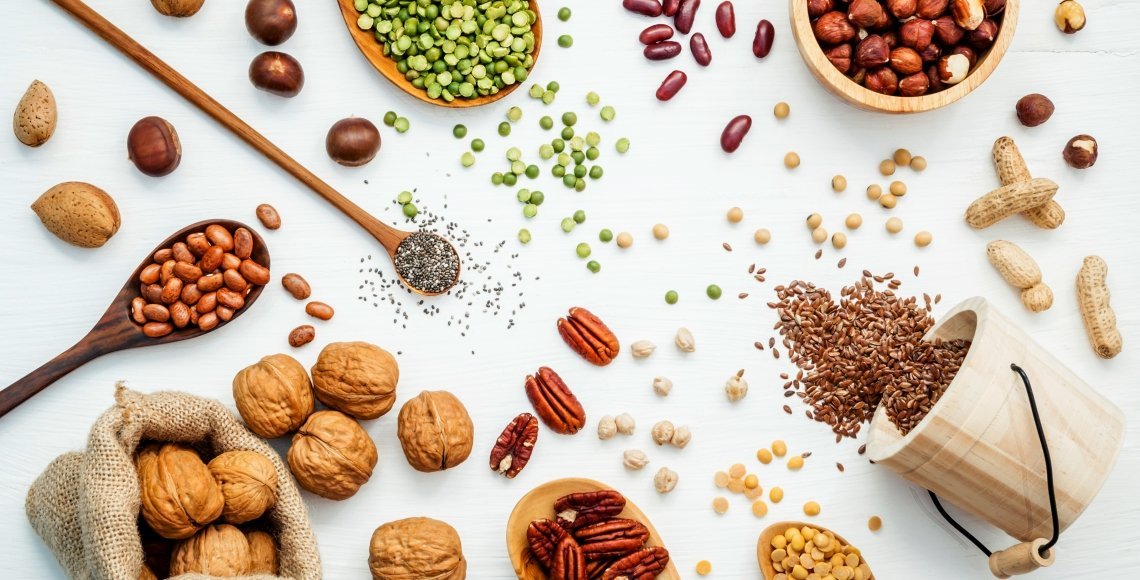Read more about vitamins and minerals here
Properties of vitamin E
With its antioxidant effects, vitamin E prevents oxidative stress in the cells by preventing the oxidation of polyunsaturated fatty acids and vitamin A and D in the cells. This is how vitamin E helps to keep cells healthy.
What happens when you have a vitamin E deficiency?
Vitamin E deficiency is rare in a modern western diet but premature babies and people with diseases that result in chronically low fat absorption from the intestine are examples of groups that can be more prone to vitamin E deficiency.
Vitamin E deficiency can lead to infertility, muscle degeneration, and disorders of the nervous system such as problems with balance and eyesight.
The best sources of vitamin E
There are many great sources of vitamin E and the best are those that contain a lot of vitamins, so you don’t have to eat as much to achieve the recommended dose.
Some examples of vitamin E sources are:
- coarse grain products and whole grains, such as oatmeal
- plant-based oils, such as corn and sunflower oil
- soft vegetable margarine
- nuts
- seeds
- cod liver oil
- oily fish
- eggs
- avocado
- mangoes
Fresh and lightly cooked, or minimally processed, foods have the highest vitamin E content as the vitamin is easily destroyed when heated or frozen.
Recommended vitamin E intake
As with many other vitamins, there is a daily recommended dosage, which is usually obtained through normal healthy eating.
Recommended intake divided by age and gender:
- Children aged 3-5 years: 5 mg
- Children aged 6-9 years: 6 mg
- Children aged 10-13 years: 7 mg for girls og 8 mg for boys
- Adult men: 10 mg
- Adult women: 8 mg
As an example, one tablespoon of sunflower oil contains 5,6 mg of vitamin E, half a cup of boiled spinach contains 1.9 mg and two tablespoons of peanut butter contain 2.9 mg.

